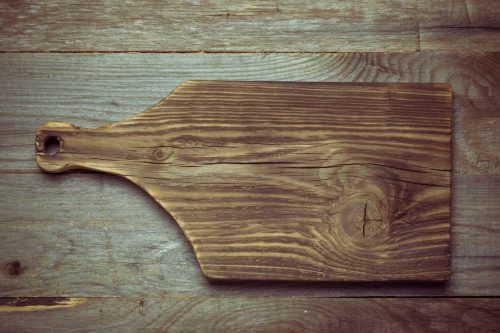Polymer clay earrings are one of the hottest trends in fashion and arts and crafts right now. If you're looking to add earrings to your polymer clay arsenal, you may be wondering how to attach earring posts to the clay without them falling off. We've done the research to answer this very question.
There are many ways that earring posts can be attached to the back of polymer clay. They include:
- Glue
- Resin
- Embedding
There are pros and cons to all of these methods, so one isn't necessarily better than the other. In this article, we'll look at each method in more detail so that you can decide which one will work best for you. We'll also look at more of the ins and outs of making polymer clay jewelry. Continue reading to learn more.

Three Ways To Attach Earring Posts To Polymer Clay
Glue
Gluing earring posts onto polymer clay is undoubtedly the easiest option. If you're a beginner, this may be the best method for you to use until you can explore other options. However, not just any glue will work. You will want to use an adhesive that has a reputation for holding up well.
Glue is undoubtedly one of the more affordable options listed here, but using cheap glue usually means that it won't hold up over time. The best type of glue to use for attaching earring posts to polymer clay is superglue. But not just any super glue. Gel superglue, especially from a well-known brand, is the best option.
The only downside to using superglue is that it doesn't hold up forever even though it is strong. The earring posts could fall off after a few years or with extensive wear as the glue weakens over time. But if you need a cheap, quick, and easy solution, then this is the way to go.
Click here to check out this gel superglue on Amazon.
Resin
Out of all of the methods mentioned, this is probably the least favored because there seem to be more downsides than benefits. But, if you're extremely careful while using resin, this is one of the most durable options.
Resin is so durable that it hardens on top of the earring post, securing it into place. Once the resin has hardened, it is tough for the post to break off the earring. However, resin can get messy, so usually, it involves coating the whole earring instead of just its back.
If you're okay with that, then, by all means, this could be the best solution for you. The best type of resin to use is UV or epoxy resin. However, resin isn't cheap, so this isn't the most affordable option. Using resin also poses health risks because of the fumes produced, so you must wear a respirator when using it. You also can't bake the earrings again after using resin because of the fumes that can be released.
Click here to see this epoxy resin on Amazon.
Embedding
Another method for attaching earring posts to polymer clay is to embed them. But what exactly does that mean? Essentially, you are covering the base of the post with another layer of clay and leaving the pointed end exposed. Not only is this a very durable option, but some people argue that it looks better and gives the appearance of being higher quality because you can't see where the post is attached.
The downside to this method is that you have to bake the earrings, attach the posts with another layer of clay, and bake them again to cure the earrings. It's very time-consuming, but as long as you bake the earrings properly, the posts will never fall off. If you make earrings to sell, you could also charge more due to the extra time and added durability.
Can You Bake Earring Posts Into Polymer Clay?
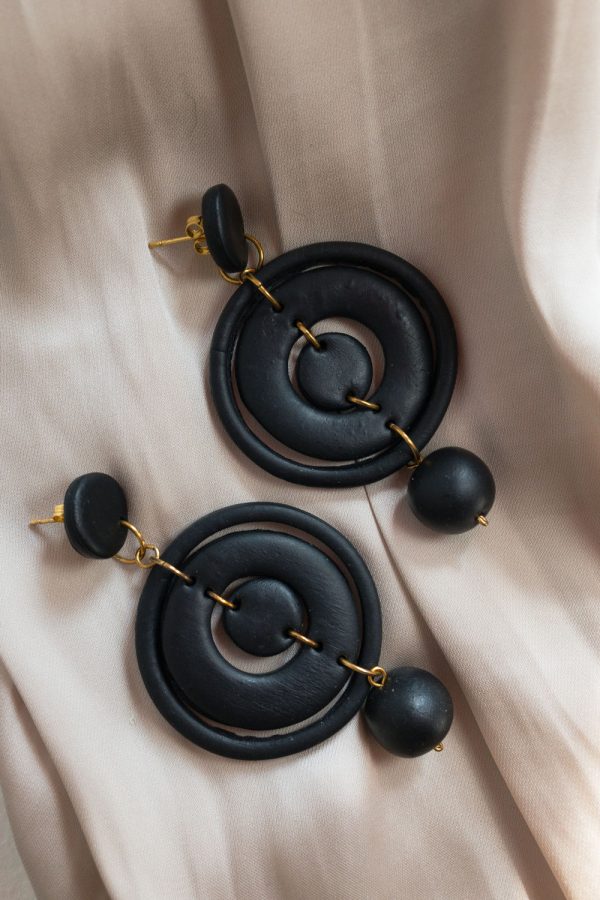
You can't bake earring posts into the clay by pressing them into the clay and sticking them into the oven. The clay will harden, but the post may not adhere to the clay properly, and if it does, it may not last very long.
You will have to bake the earrings first and then attach the post to the earrings using one of the suggested methods above. However, there is another product you can use to secure the posts to the earrings after baking them the first time.
The product is called Sculpey Bake and Bond, and it works similar to the method of embedding the post into the earring. After baking the earrings the first time, add the Bake and Bond to and around the metal post and bake it again. The key to getting this right is making sure that the product touches the earring as well.
The downsides to this are that:
- Bake and Bond is pricey.
- It can be messy if you don't have a lot of experience with it.
- It can chip off if not baked and cured at the correct temperature.
Bake and Bond seem like something you want to try? Click here to see it on Amazon.
How Do You Glue Metal To Polymer Clay?
The best way to glue metal to polymer clay is to use a strong bonding glue like superglue. But, you will have to bake the clay first. Then, dab a little glue onto the metal and press it onto the clay. Allow the glue to fully cure before you handle or wear the earring.
One thing to note about gluing metal to polymer clay is that once you do, you can't bake the clay again because it can melt the glue. And even strong bonding glue won't last forever, so you still run the risk of any metal attached to the glue eventually falling off.
Can You Use Hot Glue On Polymer Clay?
You technically can use hot glue on polymer clay, but you shouldn't expect it to last very long if you do. The reason is that hot glue doesn't create as strong of a bond as super glue does. When using hot glue for gluing earring posts to clay, the posts will likely pop right off with any snags or when force is applied.
How Thick Should Polymer Earrings Be?
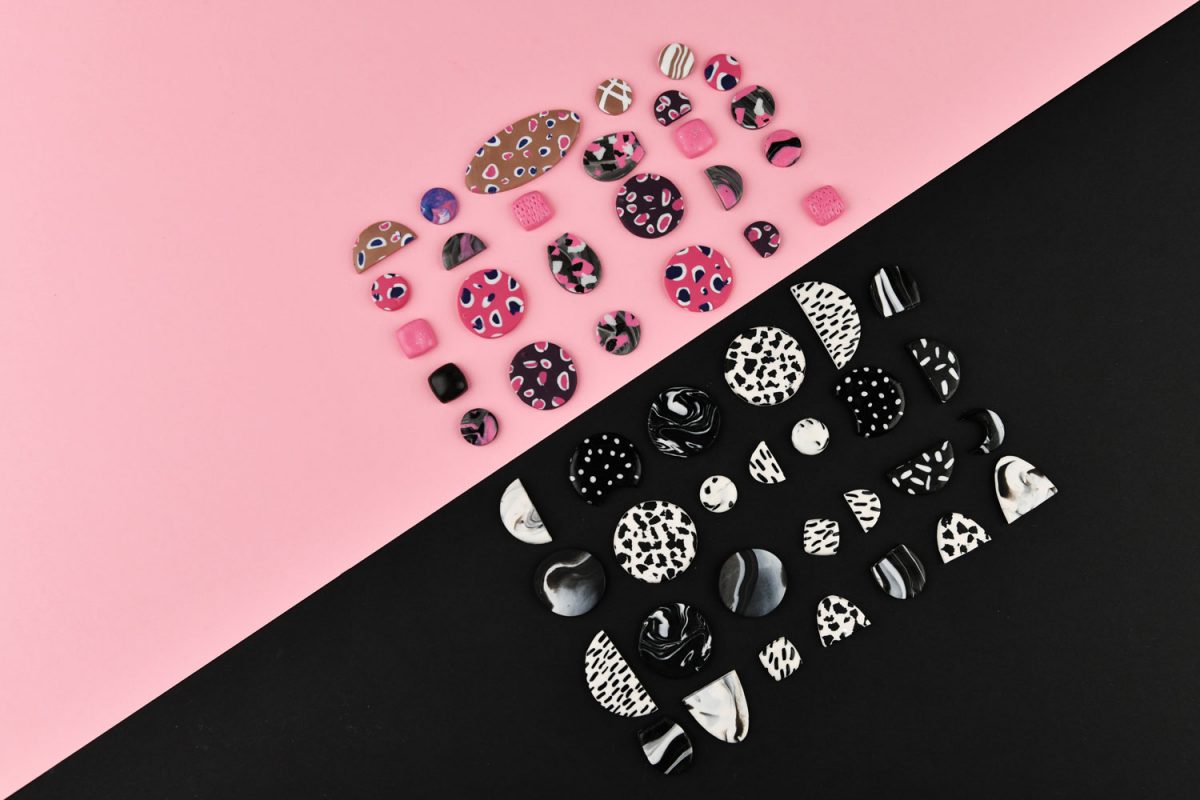
When making clay earrings, you don't want them to be too thick. If they are too thick, not only will they take longer to bake and cure, but they will be heavy when worn. The best thickness for polymer clay earrings is about ⅛ inch. You will only have to bake them for about 15 minutes at this thickness, and they won't be too heavy when worn.
How Do You Seal Polymer Clay Earrings?
First of all, we should note that you don't have to seal polymer clay because the hardened clay will do a great job of resisting water, dirt, and fading as long as it is cured properly. But you can seal it if you want a little extra protection. It is also a good idea to seal it if you've painted the clay or added a glitter finish to keep the paint or finish from chipping off.
With that being said, an acrylic sealer is the quickest and easiest way to seal polymer clay earrings if you want to protect them. All you have to do is spray a thin mist of sealer onto your earrings and let it dry. Try to spray it at a distance to create an even finish.
Click here to see this acrylic spray sealer on Amazon.
You may also like: Can You Sand Polymer Clay?
What Is The Best Polymer Clay For Jewelry?

For making jewelry, you will want to use polymer clay that is soft and easy to mold but not sticky. But, if you're going to create designs in the clay, you should use clay that is more firm to hold the designs better. You will also want to choose flexible clay and won't break easily when you are forming it into different shapes. Lastly, you want it to be strong when it has cured so that the jewelry has lasting durability.
Some of the best types of polymer clay for making jewelry that have all the above qualities include:
- Kato Polyclay
- Sculpey Premo
- Fimo Professional
Click here to see this starter pack of polymer clay on Amazon.
You may also like: 16 Types Of Beads For Jewelry Making
In Closing
When making earrings out of polymer clay, it's important to make sure that the posts are attached securely. The most effective ways to do this are listed above, so it's important to consider which one is the best match for your budget and skill level. Hopefully, you'll soon be on your way to creating beautiful polymer clay earrings. Thanks for reading!






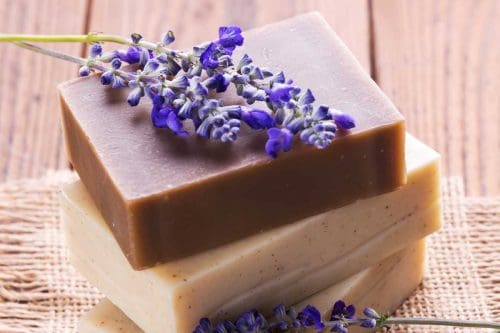
![Read more about the article How To Crochet Dishcloths [20 Patterns]](https://craftsbliss.com/wp-content/uploads/2020/11/A-different-colored-crocheted-dishcloths-placed-on-a-table-500x333.jpg)
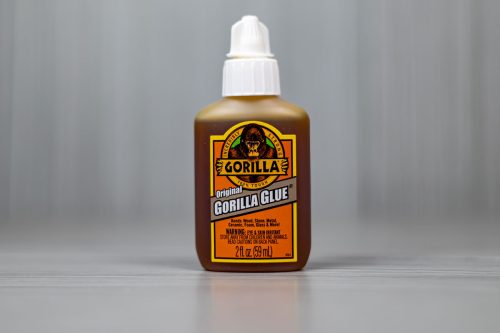

![Read more about the article Can Leather Be Dyed Any Color? [Popular shades suggested]](https://craftsbliss.com/wp-content/uploads/2020/10/Pieces-of-colorful-raw-leather-hanging-on-wooden-shelf-500x333.jpg)
